Last night, the Queen Anne’s County Bicycle and Pedestrian Advisory Board presented their new master plan to county commissioners, outlining a vision to expand and connect local communities through an enhanced trail system. The recommended action plan was developed with broad input, including stakeholders from the county, towns, and economic development sectors, focusing on enhancing safety, accessibility, and connectivity for all types of users.
The advisory board, along with consultant Katelyn Widness from Kimley-Horn and county department officials, highlighted that Queen Anne’s County already has a solid foundation with 26 miles of existing trails and over 110 miles of sidewalks. The new plan proposes to build on this by connecting various towns and improving routes across busy roadways, particularly along Route 50. The plan also emphasizes the need for trails that not only serve residents but also attract tourists, contributing to the local economy.
Key features of the proposed master plan include adding more bike lanes, filling sidewalk gaps, and enhancing the existing trails. The recommendations also consider the local demographics and traffic conditions to ensure the facilities are safe and meet the needs of different users, from recreational cyclists to commuters.
The presentation also highlighted the financial aspects, acknowledging the limited resources available for such ambitious projects. The plan includes a priority system for implementation, ensuring that the most impactful projects receive attention as funds become available. Additionally, the plan suggests non-infrastructure strategies like promoting biking to work and improving signage to encourage more people to use these facilities.
Moving forward, the next step involves conducting feasibility studies for the proposed sections of the trail system. This will determine the specific routes and any land acquisitions needed. The commissioners are expected to guide these priorities based on the community’s needs and the overall goals of the master plan. Last night’s discussion ended with a motion to adopt this plan, marking a significant step towards transforming Queen Anne’s County into a more connected and bike-friendly community.
This video is approximately 10 minutes in length.


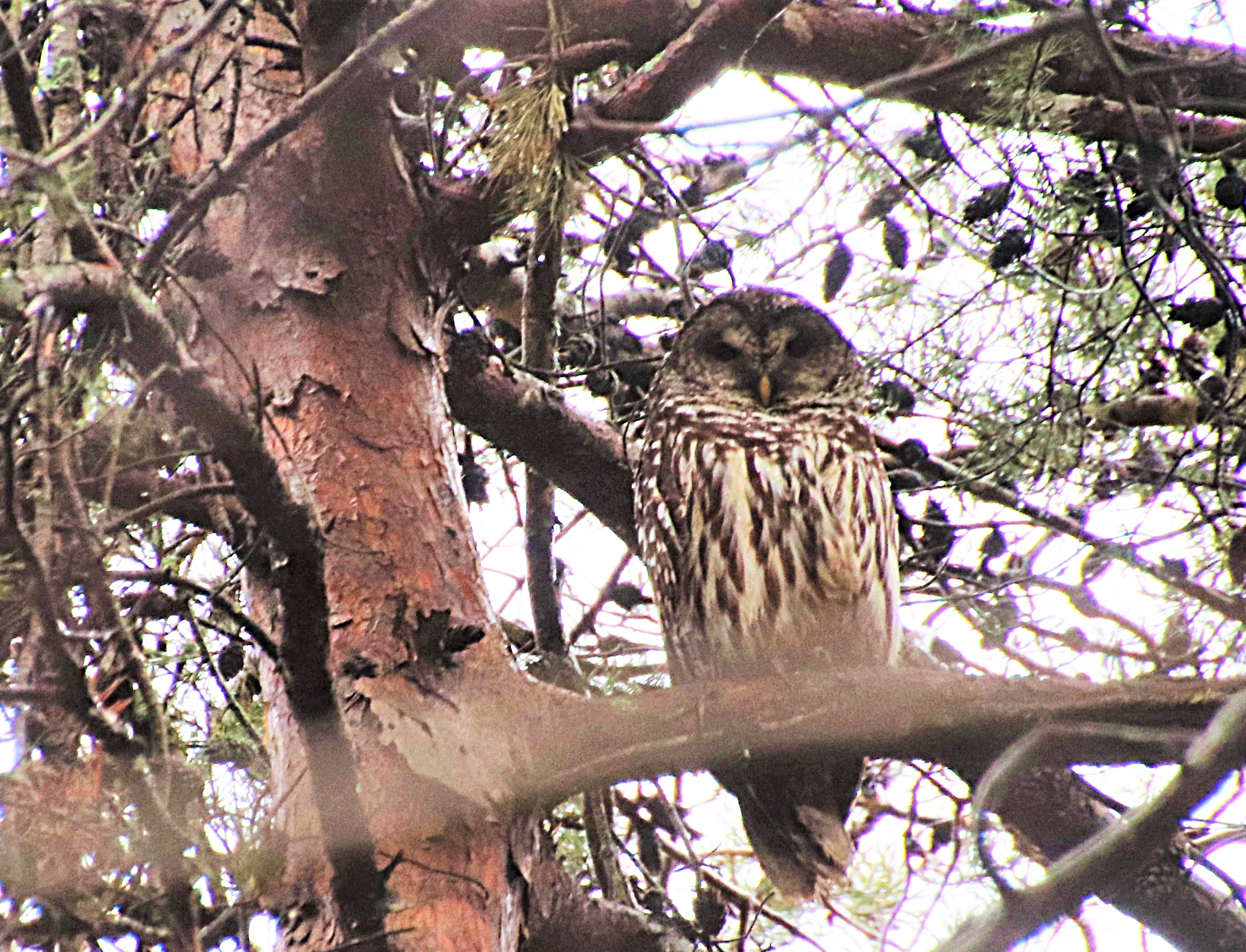
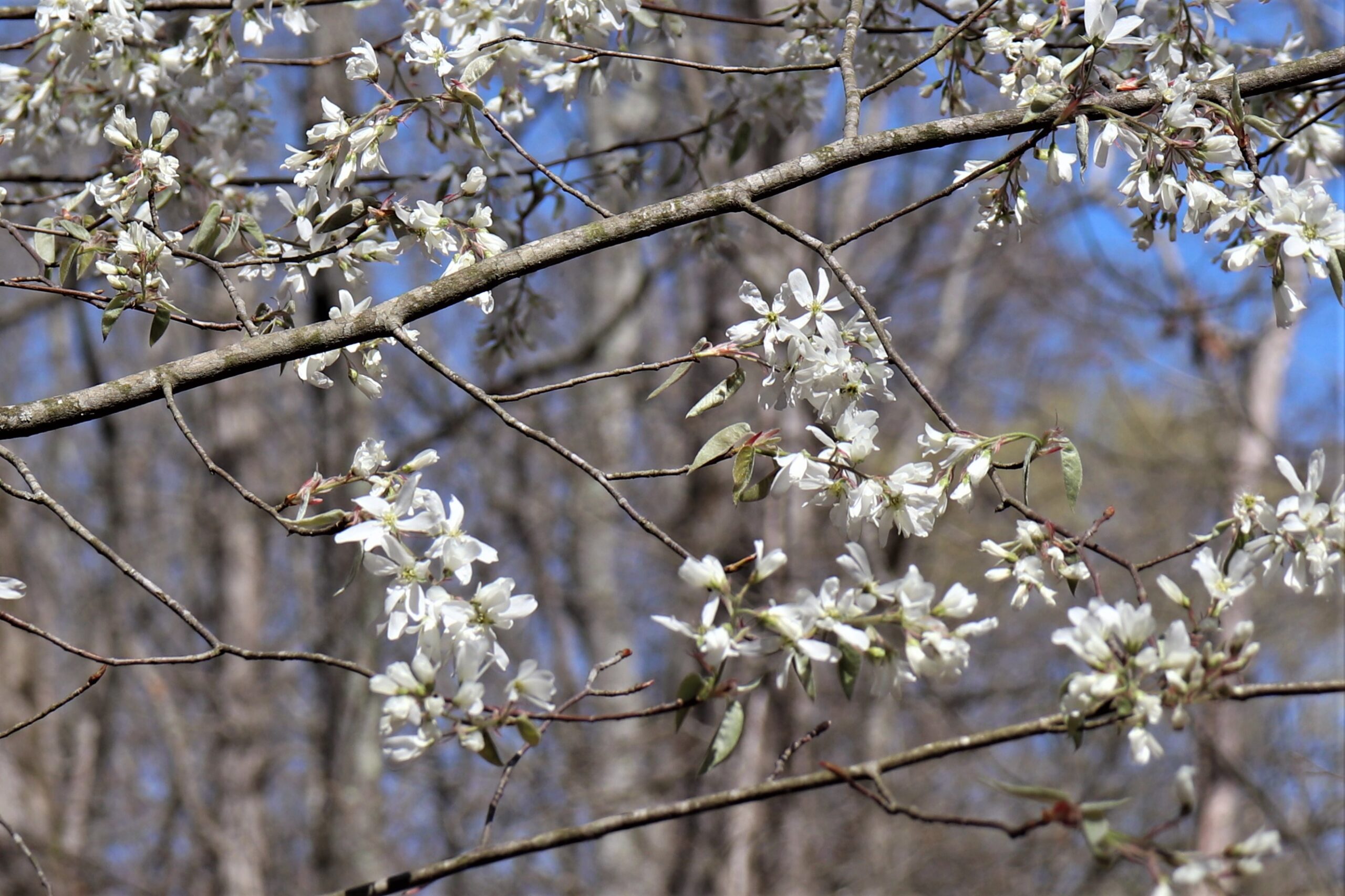
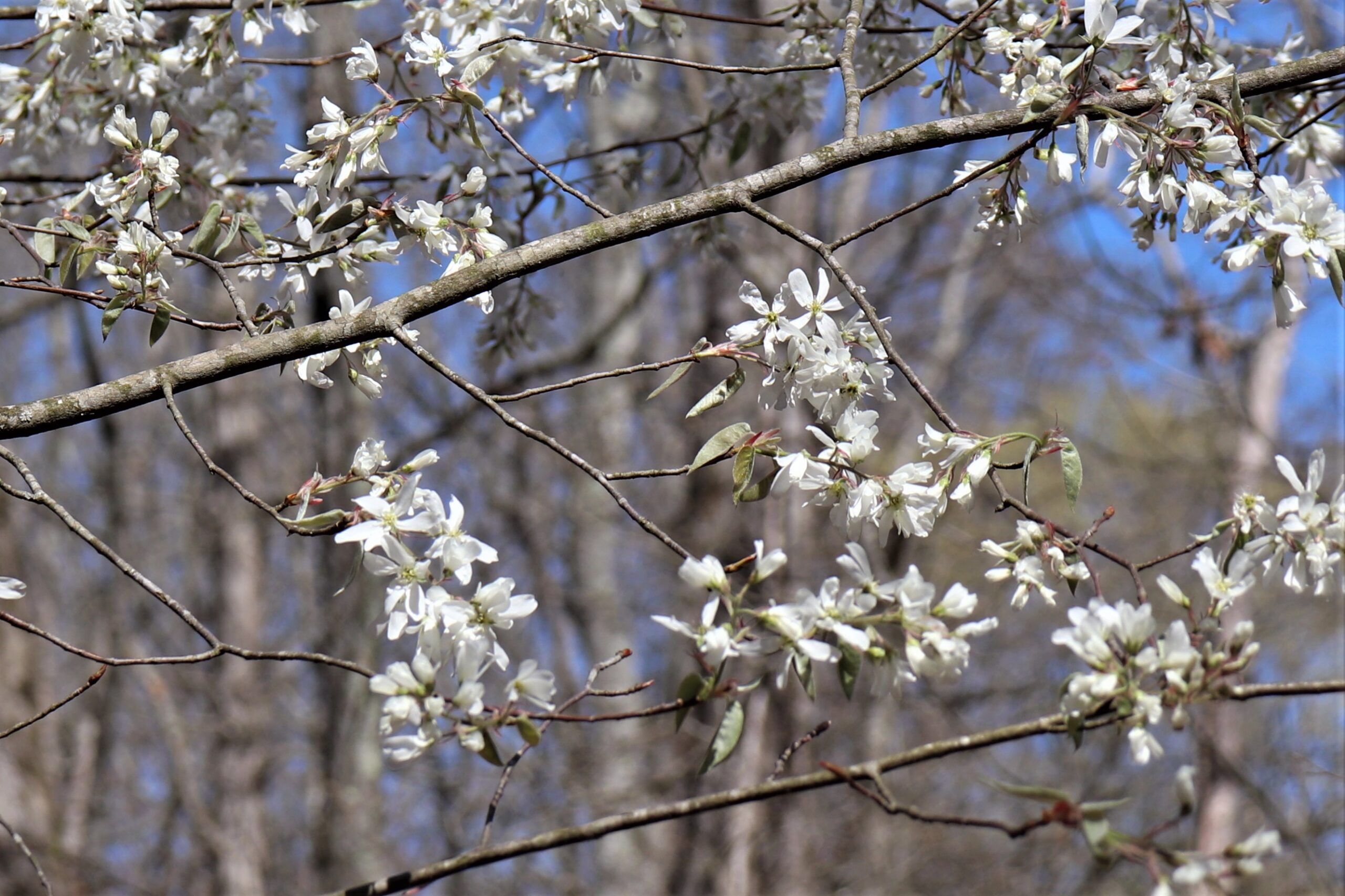
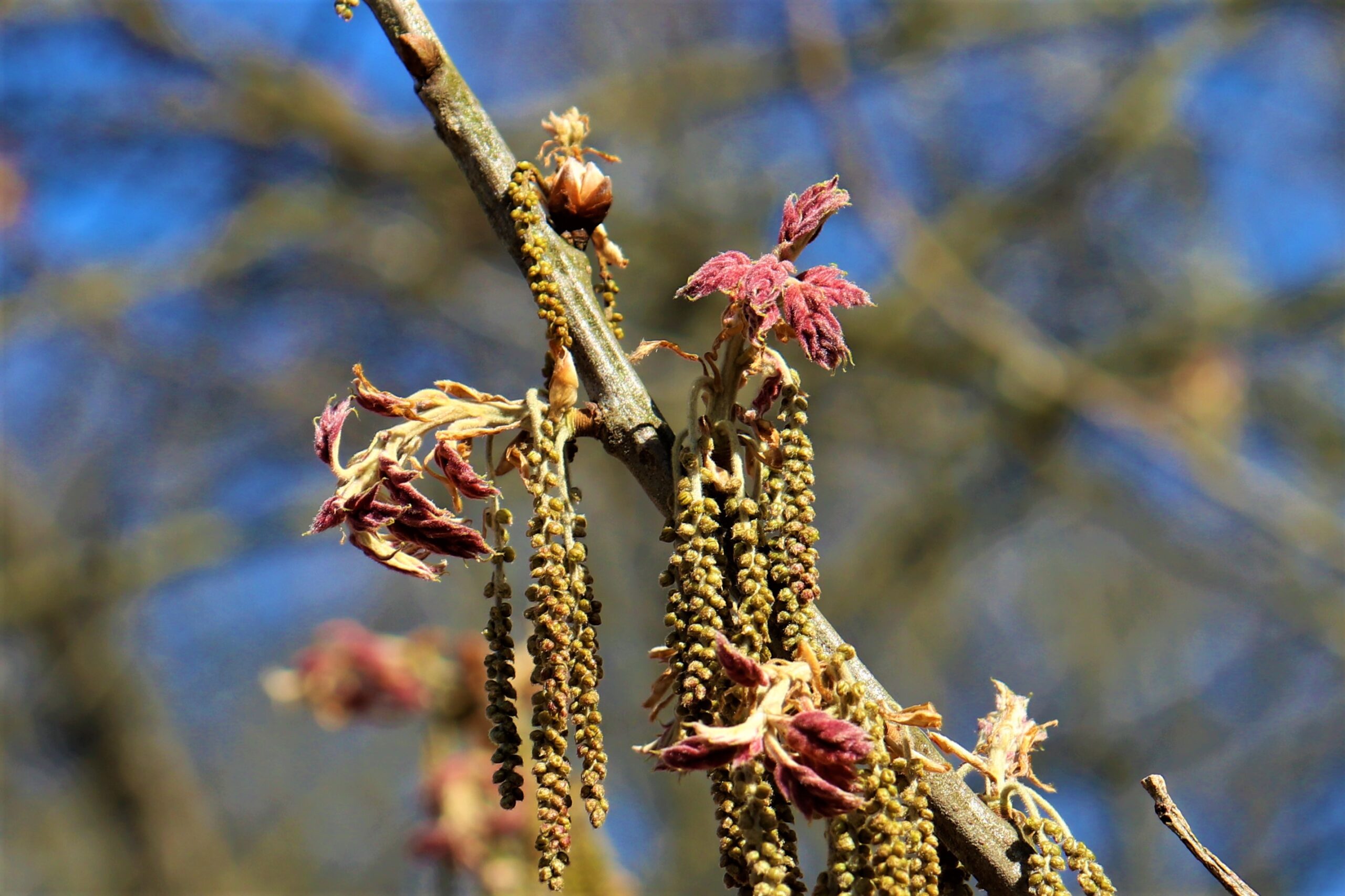
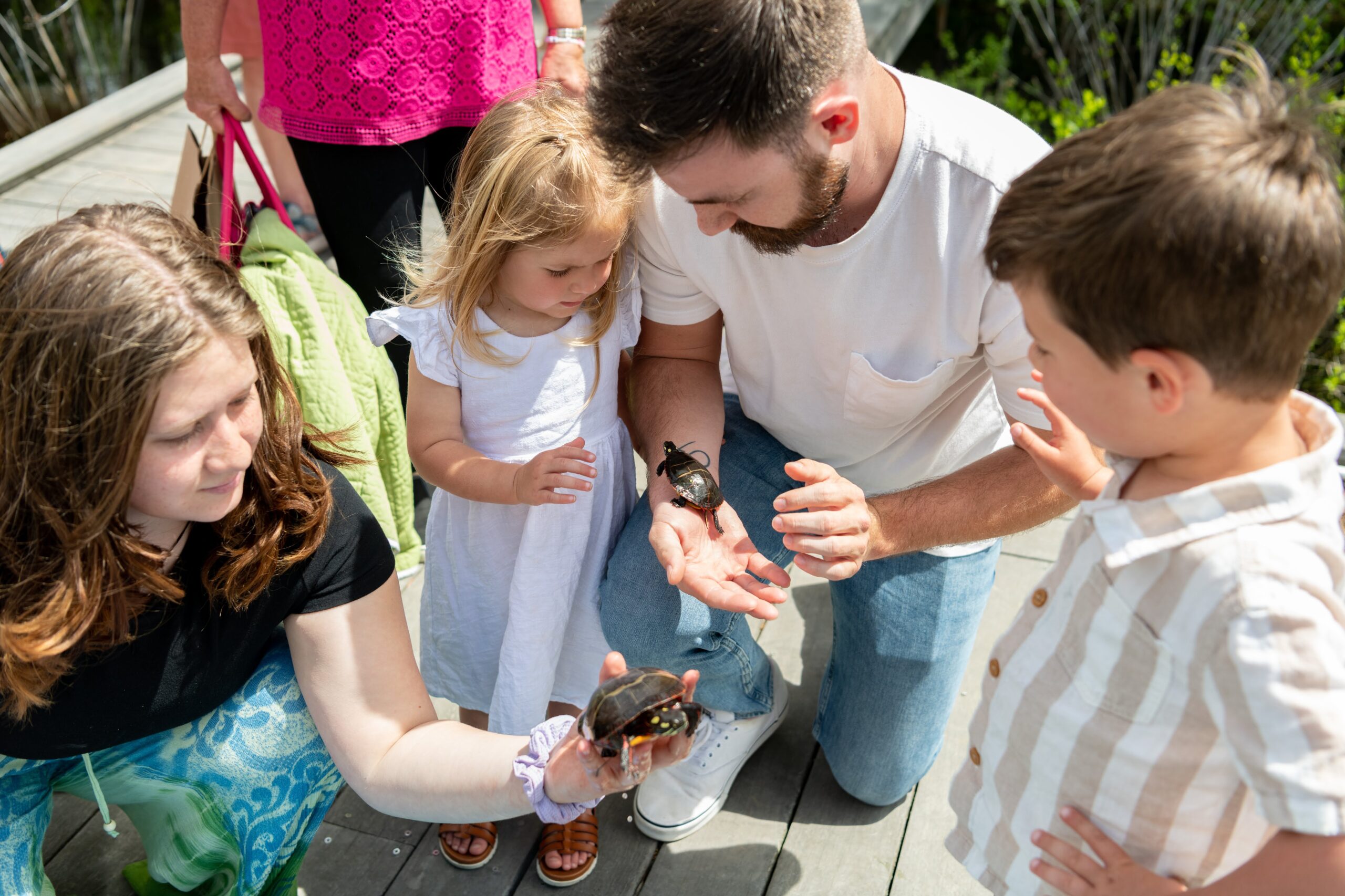
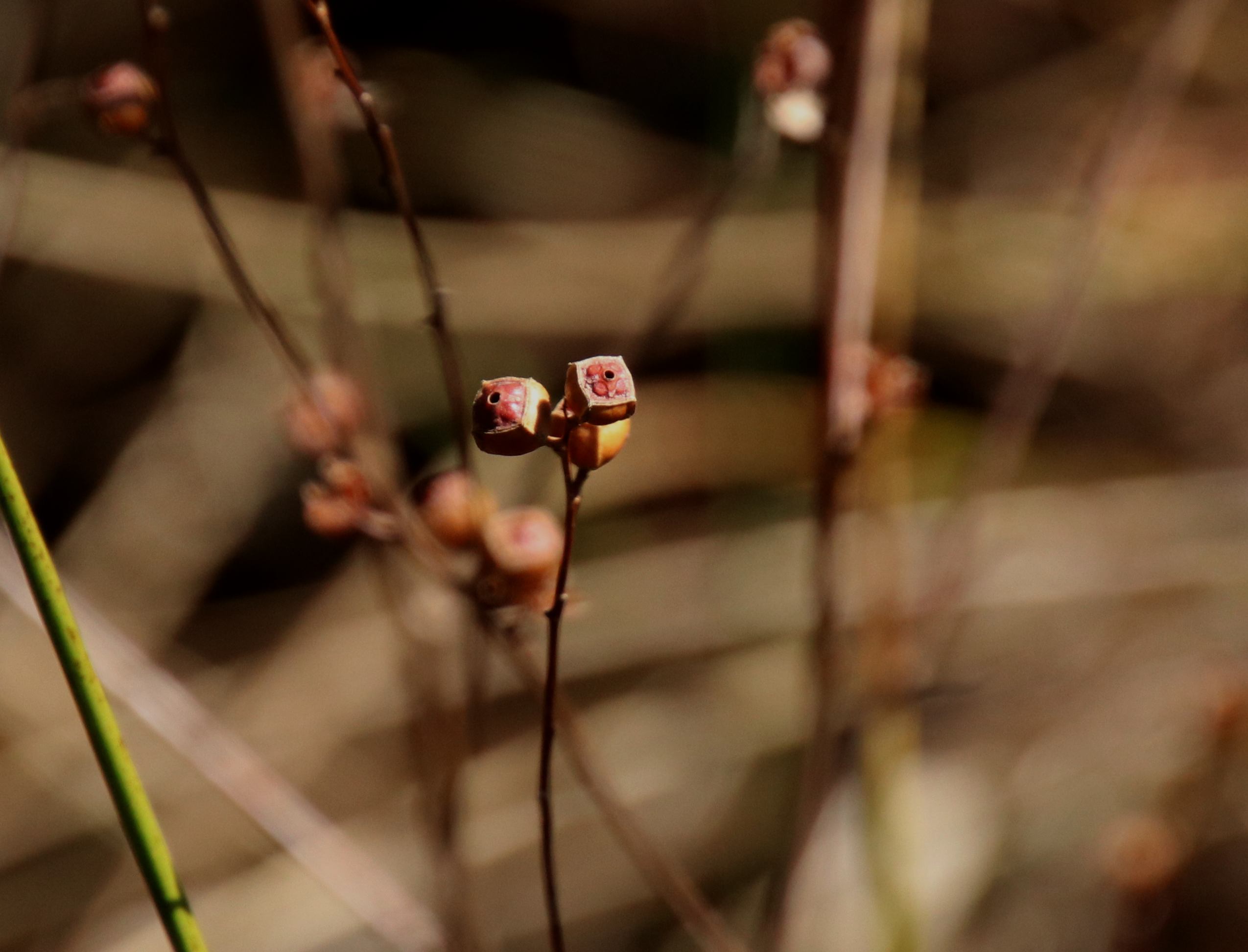
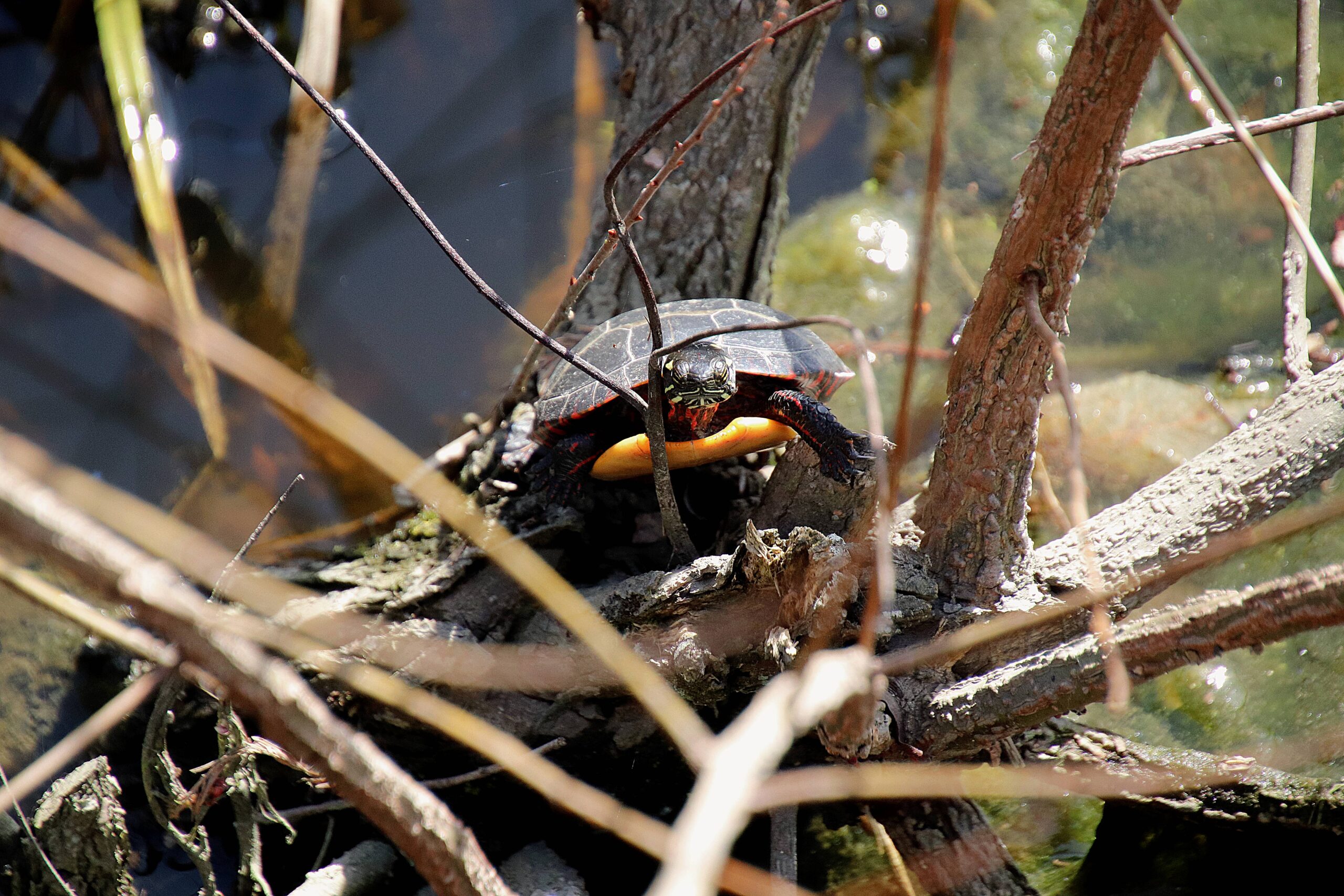
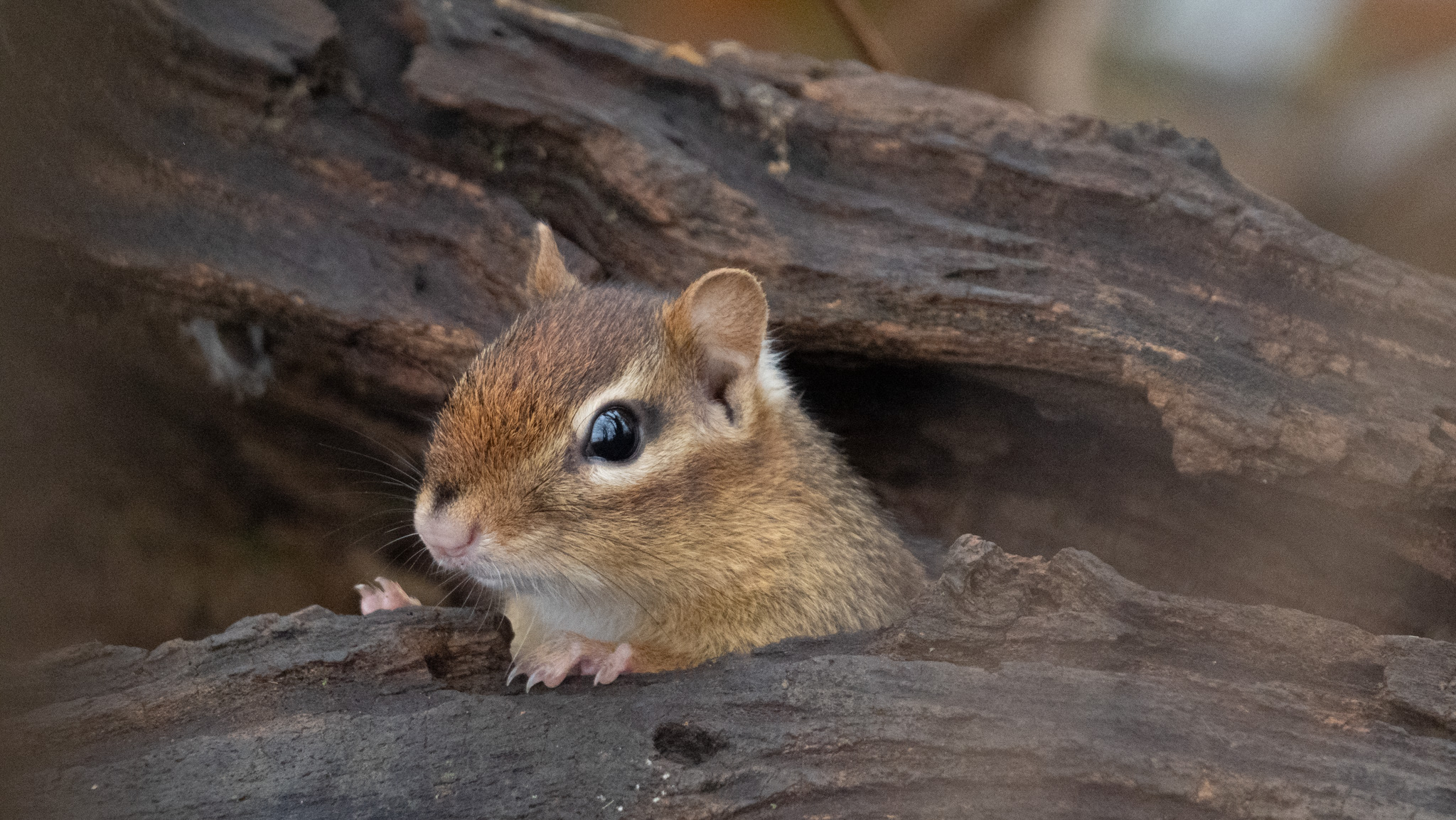 On Thurs., April 4 at 1 p.m., Adkins Arboretum will launch The Diversity Around Us, a series of free talks and walks offered in partnership with the Maryland Biodiversity Project. Jim Brighton, co-founder of the Maryland Biodiversity Project, will introduce the series and provide insight into his project’s efforts to catalog Maryland’s living things and build a vibrant nature study community. Understanding biodiversity is the first step toward conserving wild species, habitats and a healthy ecosystem.
On Thurs., April 4 at 1 p.m., Adkins Arboretum will launch The Diversity Around Us, a series of free talks and walks offered in partnership with the Maryland Biodiversity Project. Jim Brighton, co-founder of the Maryland Biodiversity Project, will introduce the series and provide insight into his project’s efforts to catalog Maryland’s living things and build a vibrant nature study community. Understanding biodiversity is the first step toward conserving wild species, habitats and a healthy ecosystem.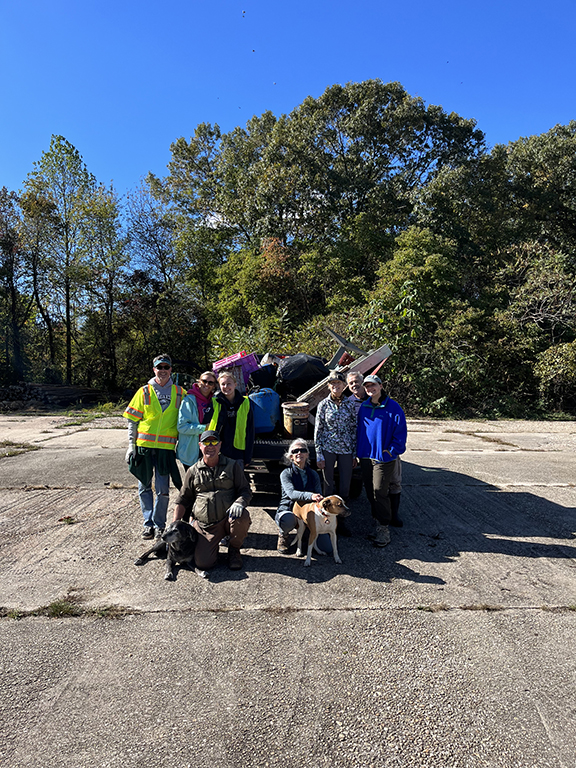 Join us on select dates in April to clear trash from our roads, parks, and rivers! ShoreRivers and volunteers are once again hosting community trash clean-ups as part of Project Clean Stream, a Bay-wide trash clean-up effort organized by the Alliance for the Chesapeake Bay and coordinated by local groups like ShoreRivers. Project Clean Stream is an opportunity for citizens across the entire watershed to work together to clean our shared water resource.
Join us on select dates in April to clear trash from our roads, parks, and rivers! ShoreRivers and volunteers are once again hosting community trash clean-ups as part of Project Clean Stream, a Bay-wide trash clean-up effort organized by the Alliance for the Chesapeake Bay and coordinated by local groups like ShoreRivers. Project Clean Stream is an opportunity for citizens across the entire watershed to work together to clean our shared water resource.